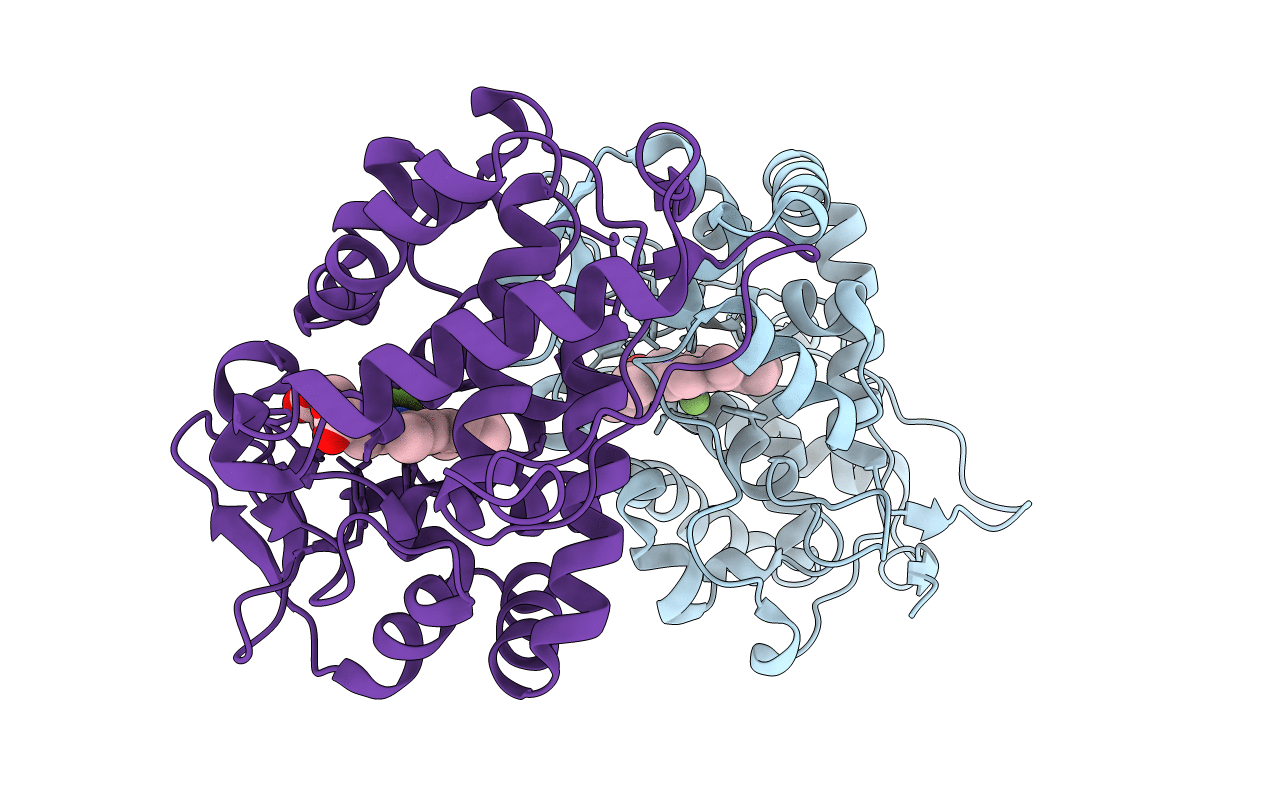
Deposition Date
2013-02-19
Release Date
2013-04-10
Last Version Date
2023-09-20
Entry Detail
PDB ID:
4JB4
Keywords:
Title:
Expression, Purification, Characterization, and Solution NMR Study of Highly Deuterated Yeast Cytochrome c Peroxidase with Enhanced Solubility
Biological Source:
Source Organism:
Saccharomyces cerevisiae (Taxon ID: 559292)
Host Organism:
Method Details:
Experimental Method:
Resolution:
2.39 Å
R-Value Free:
0.27
R-Value Work:
0.21
R-Value Observed:
0.21
Space Group:
P 1 21 1


